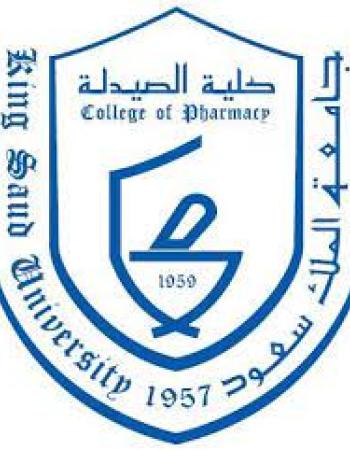Downregulation of the Cardiotrophin-1 Gene Expression by Valsartan and Spironolactone in Hypertrophied Heart Rats In Vivo and Rat Cardiomyocyte H9c2 Cell Line In Vitro: A Novel Mechanism of Cardioprotectio
, Haneen A. Al-Mazroua, MSc, Nawal M. Al-Rasheed, PhD, and Hesham M. Korashy, PhD . 2013
The incidence, prevalence, and hospitalization rates associated with heart failure (HF) are projected to increase substantially in the world. Among all medications used clinically to treat HF, valsartan (VAL) and spironolactone (SPL) have been shown to reduce morbidity and mortality. Recently, a novel cardiac gene cardiotrophin-1 (CT-1) has been shown to play a crucial role in the pathogenesis of HF. However, the ability of VAL and SPL to modulate the expression of CT-1 has not been investigated yet. Therefore, healthy and isoproterenol (ISO)induced hypertrophy adult male Wistar albino rats were treated with either VAL or SPL for 14 days. Thereafter, cardiac markers of cardiotoxicity and hypertrophy, creatine kinase, heart weight/ body weight ratio, and atrial natriuretic peptide mRNA levels were measured. In addition, CT-1 mRNA and protein levels were determined by real-time polymerase chain reaction and Western blot analysis. Our results showed that the increases in all HF markers, creatine kinase, heart weight/body weight ratio, and atrial natriuretic peptide mRNA levels in ISO-treated rats were significantly restored to their normal levels by VAL and SPL. In addition, induction of cardiac hypertrophy by ISO caused remarkable induction in CT-1 mRNA and protein expression levels by approximately 3.5- and 3-fold, respectively. Importantly, VAL and SPL significantly decreased the induction of CT-1 gene at the mRNA and protein levels in heart hypertrophied rats. On the other hand, treatment of cardiac–derived rat myoblast H9c2 cells with VAL and SPL significantly decreased angiotensin II–induced CT-1 mRNA levels through transcriptional mechanism, as demonstrated by the effect of transcription inhibitor, actinomycin D. In conclusion, VAL and SPL exhibited their cardioprotective effect through inhibiting the expression of CT-1 gene in cardiac hypertrophied rats.

Autism spectrum disorder (ASD) is a prevalent neurodevelopmental disorder characterized by deficits in social interaction, communication, and repetitive behaviors. BTBR T+ Itpr3tf/J (BTBR) mice, a…

Autism is a neurodevelopmental disorder characterized by deficits and qualitative impairments in communication and implicit skill learning. Its prevalence is higher than previous estimates, and…

Information regarding DNA repair in autism is limited to a few studies, which have reported inconsistent results.

